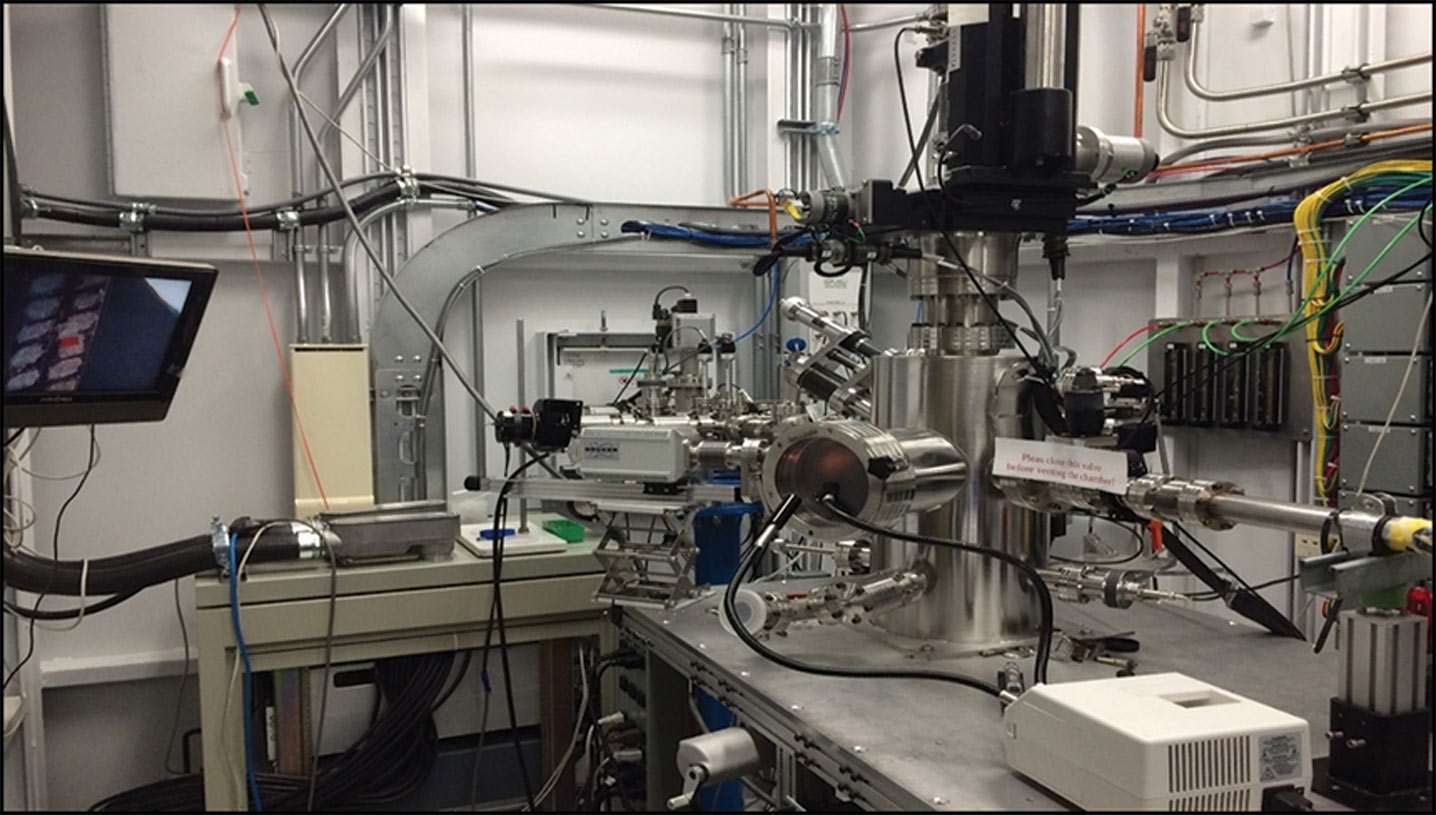The fate of sulphur fertilizers in the soil
Key Result: Choosing the most suitable sulphur (S) fertilizer for the conditions can be difficult. This study found that soluble sulphates, thiosulphate and gypsum are effective at providing early supplies of plant-available sulphate in the seed row. An early supply of sulphate appears to be important for plant S uptake and yield.
Project title, Principal investigators: “Transformations and fate of seed-placed sulfur fertilizers in Saskatchewan soils,” Jeff J. Schoenau, University of Saskatchewan
Funding: GF2, ADF, saskcanola, SPG, WGRF, NSERC
Sulphur (S) is recommended for many crops grown in Saskatchewan, including canola. With the fertilizer options available to farmers, choosing the most suitable for the conditions can be difficult, especially since the form of
S fertilizer can influence its behaviour and the crop response.
Sources of S include completely soluble ammonium and potassium sulphate, insoluble elemental S (that must be oxidized to sulphate to be plant available), liquid ammonium thiosulphate, and gypsum (calcium sulphate) which is slightly soluble. Although there have been studies that apply various forms of S fertilizer then measure the crop yields, further investigation is required to reveal the specific transformations that different S fertilizers undergo in the soil from the time of application to crop uptake. By understanding the fate of the S fertilizer applied, attempts to predict the relative performance of different S fertilizers for a number of crops under varying application conditions may be improved. This could benefit growers trying to select the fertilizer best suited to their conditions.
Field studies were conducted in 2013 and 2014 along with a growth chamber study to evaluate five S fertilizer forms (ammonium-sulphate, ammonium-thiosulphate, gypsum, potassium-sulphate and elemental sulphur). These five forms were applied alone and in combination with monoammonium phosphate (MAP) in the seed row with wheat, canola and yellow peas. This was carried out in Brown and Black Chernozem and Gray Luvisol soils (all of which were marginally deficient in sulphur) in Saskatchewan. The fate of fertilizer was evaluated by measuring soil-available sulphate and phosphate in the seed row, crop S and phosphorus uptake, and grain yields.
This study also aimed to develop and employ new techniques for using the Canadian Light Source synchrotron to study the fate of fertilizer in soil.
Results
Most of the crop uptake of S occurred one to four weeks after seeding and fertilizing, so early supply of sulphate appears to be important for plant S uptake and yield. Among crop types, canola responded most consistently and to the greatest extent to S fertilizer. It was also determined that S fertilizer products that supply sulphate and/or acidify the soil may slightly enhance the supply of plant-available phosphorus from fertilizer phosphorus placed in the seed row with the sulphur fertilizer.
With regards to the different forms of S, sulphate and thiosulphate were effective in enhancing short-term soil-available sulphate supplies in the seed row, along with crop S uptake and yield compared to the elemental S fertilizer form (which releases sulphate slowly by oxidation). Gypsum maintained the highest seed row sulphate concentrations over time (a consequence of its slightly soluble nature, which reduced the sulphate leaching) and elemental S was found to be the least effective in increasing seed row sulphate supply and providing plant-available sulphur to plants over the short term (first weeks after application). Therefore, soluble sulphates, thiosulphate and gypsum are effective in providing early supplies of plant-available sulphate in the seed row for use by crops. However, for sensitive crops like canola and yellow pea, ammonium thiosulphate and ammonium sulphate can cause injury when placed in close proximity to seed and are best placed separate from the seed. Results also showed that while combinations of S fertilizer with MAP may provide some enhancement of phosphate availability, the effects were typically small.
Limited yield response with the addition of S fertilizers may be anticipated in the Brown soil zone when the subsoil has adequate supplies of sulphate S. However, under conditions of unusually high moisture, responses to S fertilization may be observed even in soils with subsoil sulphates. Soils of high organic matter and with good mineralization capacity for S, such as Black Chernozems, also show reduced response.
The Canadian Light Source (CLS) synchrotron was successfully used to identify different S species formed in the soil from addition of S fertilizers, and to follow their transformations in the soil in the growing season following application. Using the CLS, thiols and ester sulphates were identified as short-term products formed from seed-row placed sulphur fertilizers in our Prairie soils that likely originate from microbial immobilization of fertilizer sulphur.
| Treatments | Total S uptake (mg/pot) Brown Chernozem soil |
|---|---|
| Control | 15.4 d |
| AS | 25.2 b |
| ATS | 29.0 bc |
| Gypsum | 29.2 bc |
| PS | 27.3 bc |
| ES | 16.7 d |
| P × S Fertilizer effect† | |
| P Value (0.05) | 0.042 |
| SEM†† | 2.66 |
| AS = Ammonium Sulphate; ATS = Ammonium Thiosulphate; PS = Potassium Sulphate and ES = Elemental sulphur # Means with the same letter in the same column are not significantly different (LSD, p <0.05) | |





